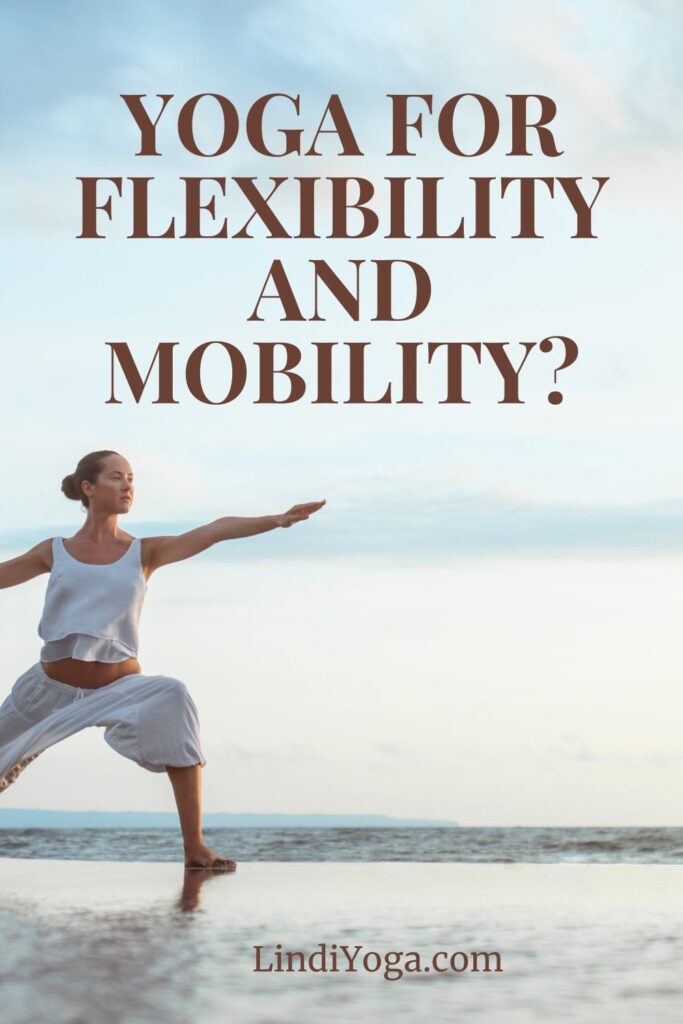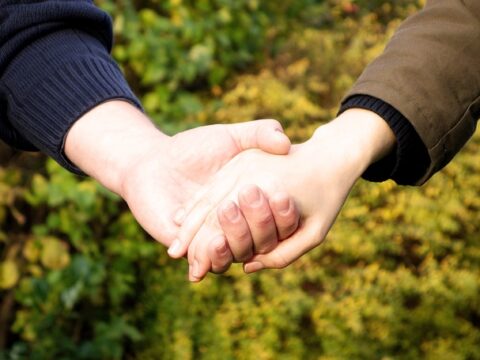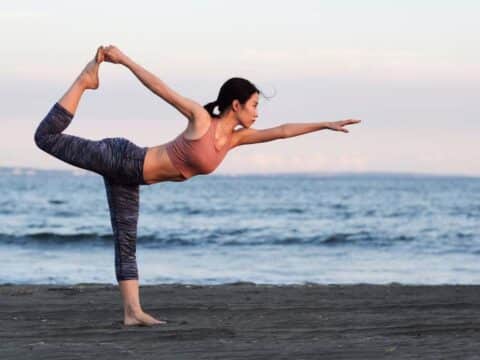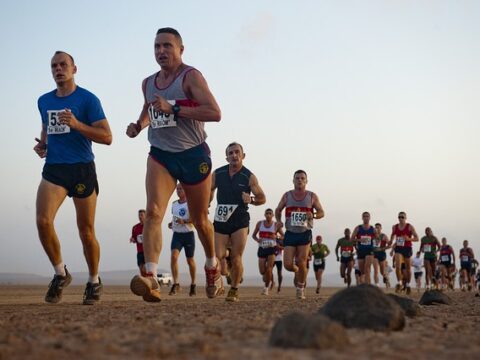Although many people think of flexibility and agility as synonyms, they are two different concepts. Flexibility is the ability to move with control and in good form through the full range of motion.
It is also a factor in the effectiveness of strength training, as the ability to move through the full range of motion can help reduce the risk of injury and protect joints.
Podcast
What is the difference between flexibility and mobility?
Flexibility and range of motion are both necessary for the movement of your joints and muscles. If you don’t have full range of motion, you can suffer pain or injury. Flexibility is achieved by increasing your range of motion by allowing your muscles to stretch without pain or strain.
The two terms are often compared, but there is a difference between the two. While mobility refers to your ability to move your joints freely, flexibility is your ability to stretch soft tissue to move your joints. This allows you to reach your toes without the need for assistive devices.
Flexibility involves stretching and exercising the muscles in your body that stabilise your joints. Stretching and strengthening exercises increase your flexibility and can help you improve your posture. You can also try foam rolling and myofascial release to help your muscles become more supple.
Flexibility is the ability of your muscles to move through a wide range of motion without mechanical assistance. This is also called passive flexibility. Passive flexibility is greater than active flexibility. A good example of passive flexibility is the chest. In an active chest stretch, you stretch one arm over your head and rotate your shoulder blades. In contrast, in a passive chest stretch, you lean forward and rest one arm on a wall.
As you age, your body’s mobility decreases, making it more difficult to perform everyday activities without assistance. That’s why it’s important to start mobility exercises when you’re in your thirties, as this will help you stay independent for longer.
What is mobility?
Mobility is an important part of a healthy life. Without it, you are at risk of injuries that limit your ability to function. It is also an important factor in sports performance. To be fully mobile, your muscles and joints must be able to cover the full range of motion.
Optimal mobility allows you to move in better positions, which translates into more efficient movements and stronger athletes.
Building flexibility is an ongoing process that involves various exercises and techniques. Flexibility training can consist of movements with your own body weight, such as lunges, or it can include a more advanced yoga exercise such as spinal rotations.
Movement and stability are linked, but there are some differences. Joints can be more mobile than others, and different muscles and joints can have different levels of mobility and stability. Therefore, it is important to find a balance between mobility and stability. A joint that is too stable or unstable is prone to injury.
Yoga and stretching for flexibility
Mobility is an important part of our lives. It helps us to move, play sports and live comfortably. It also helps us avoid injury.
Lack of flexibility can lead to physical problems, such as poor posture and balance. Fortunately, stretching and yoga can improve your flexibility. You can find a stretching class near you or start a stretching routine at home.
Active and passive flexibility
There are two types of flexibility: passive and active.
Passive flexibility is best done after a workout or yoga class to reduce the risk of overstretching your muscles.
Active flexibility is more challenging, but also more energetic. This type of stretch is often done in the morning and is designed to wake up the joints and warm them up in their current range of motion.
Hypermobile people tend to have a greater range of motion. This can be a problem because they struggle with stable postures. Also, hypermobile people may be more prone to injury. However, if you are flexible and can control your muscles, you will be able to move your body more freely.
Flexibility is an important aspect of healthy ageing, whether you are a young child or a senior citizen. It helps you stay mobile as you age and helps your muscles recover. It also prevents overuse injuries.
These types of injuries are caused by overuse of a certain area of the body that is not as flexible. By increasing your flexibility, you can prevent these injuries.
Yoga blocks for flexibility and mobility?
Props or blocks can help increase mobility and flexibility by supporting the body during poses. For example, by wedging a block between your legs, you can work muscles in your outer thighs that you might not otherwise use.
Other aids, such as bolsters, can support the weight of your hips during deep hip openers.
Bolsters are essential for a healthy yoga practice as they allow you to stretch a muscle and release tension. Supports can also improve your alignment, which is important for maintaining proper flexibility and mobility. During a yoga practice, proper muscle alignment is essential to avoid injury.
6 Poses and options for flexibility
Yoga for triceps release
Triceps release exercises are about releasing tension in the muscles around the elbow. They can be done using a variety of techniques, such as foam rolling.
The key is to focus on a small area to achieve maximum relaxation of your triceps. One such technique is to place a tennis ball over your triceps. Then roll it up and down while breathing in. Then repeat the exercise on the other side.
You can also do pushback exercises to strengthen your triceps. This exercise is particularly effective for developing triceps as you can use the natural movement of the muscle to push your body backwards. You should not lock your elbows during this exercise as this can irritate your rotator cuff.
The Plank Pose can also help you train your triceps. To begin, make sure you keep your hands shoulder-width apart.
Keep your elbows at a 90-degree angle and keep your body balanced and upright. You should hold this position for 3 to five breaths.
Then shift your weight to one hand and open your body to the side. Next, make sure to integrate your forearm into your shoulder socket.
In addition to relieving the triceps, this procedure can also improve the range of motion of the elbow. This can improve your daily activities, especially if your elbow is hampered by stiffness in your elbow.
Quadratus Lumbar Release
Quadratus Lumborum Release is a type of deep tissue massage that helps to dissolve trigger points and knots in the muscle. It can be done by a trained massage therapist or physiotherapist. There are also various exercises in yoga.
In addition to targeted QL massage, there are other effective techniques such as electro-acupuncture. Tuina and cupping are also helpful for people suffering from lower back tension. These techniques can be combined with acupuncture for better overall treatment.
Trigger points are pain-triggering regions in the body caused by a strain or injury to a muscle. Trigger points in the quadratus lumborum can cause lower back pain, sciatica and other problems. In some cases, the muscle can become so tight that it is difficult to move.
The quadratus lumborum is a deep muscle that runs along the side of the spine. The quadratus plays a crucial role in stabilising the lumbar spine.
The quadratus also helps with coughing and contracting the diaphragm. It is a muscle you should not ignore if you suffer from back pain.
A quadratus lumborum release is a great way to release tight muscles and relieve lower back pain. First, you will need a chair. Hold the handle of the chair on the right side of your back and lean your upper body to the right side. Then raise your right hand above your head and hold it for 30 seconds. Repeat this exercise on the other side.
Reverse Warrior (Viparita Virabhadrasana)
Reverse Warrior is a challenging pose that focuses on strength and suppleness. It stretches the thigh muscles, strengthens the legs and arms and helps the body maintain balance. This pose can also improve spinal mobility and core strength.
It also stretches the front and back thighs, hips and intercostal muscles. This pose stimulates breathing and opens the chest.
To perform Reverse Warrior, first assume the pose in Tadasana. Then bend your front knee over your ankle and bring your arm across the back of your front hip. You will notice that your chest opens and that the raised arm cradles your head and relieves the pressure on your neck.
The Inverted Warrior is a fundamental part of Vinyasa Yoga and an integral part of the Dancing Warrior sequence.
It is a variation of Warrior II and helps to free the upper body while maintaining a strong posture. The Inverted Warrior is usually performed after the Second Warrior and is an excellent transitional pose. It helps you return to a flowing Chaturanga sequence.
The Lateral Plank (Vasisthasana)
The lateral plank is a great way to strengthen your core and work your abdominal muscles. In this exercise, you need to tighten your abdominal muscles to keep a straight line from your head to your feet.
Once you are comfortable with the Side Plank, you can challenge yourself by adding an arm or leg to the pose to make it more challenging.
In addition to the traditional Side Plank, you can also try variations, such as the Knee-Down Side Plank. This variation requires strong core activation and a strong left leg.
To perform this variation, you need to lift your left leg over your right leg. Make sure your right leg stays close to your hand and elbow, and exhale deeply while holding the position.
The Lateral Plank is a great workout for the core as it works all the major muscle groups. This includes the quadratus lumborum (part of the posterior abdominal wall), which plays an important role in preventing back pain. It also trains the oblique abdominal muscles, which can be neglected in other core exercises.
Lats Release
A tight lats (latissimus dorsi) can cause postural problems and back pain. However, it is difficult to correct. A physiotherapist can determine if you have overactive lats and prescribe appropriate treatment.
If you suffer from back pain, you should see a physiotherapist or yoga therapist to learn more about the right lat release exercises for you.
Start with a lateral plank. Place your hands shoulder-width apart and move your shoulders over your wrists. Then lift your lower hips off the floor. This activates the gluteus medius. You can also lift your forearm off the floor if you wish. Remain in this position for 3-5 breaths.
You can also use an exercise ball for this lat release. The lats are a large muscle in the upper back and stretching these muscles can help improve your overhead mobility.
Place your palm on the ball and then extend your arm straight out. Ideally, you should repeat this exercise three times. If you prefer a more dynamic lumbar stretch, try holding the stretch while bending your elbows.
A soft foam roller can help you with the lumbar relaxation exercises. It can be used as a base for a variety of exercises.
A foam roller is especially helpful for beginners. It can also be used for leg exercises. Make sure you use it regularly so that you do not injure your ribs.
The Prone Banana
The benefits of the prone banana are numerous. It is great for stretches and opening up the hips. However, you need to listen to your body and modify the pose as needed. In addition, you should respect the limits of your body. Do not challenge yourself too much.
Another great advantage of the banana pose is that it opens the body laterally. It also improves digestion. The C-curve of this pose helps you release tension in your back and shoulders. It is a great Yin Yoga pose for people who suffer from lower back pain. This pose not only releases tension and stiffness in the back, but also opens the hip flexors and shoulders.




